
views
Removing Deadheads
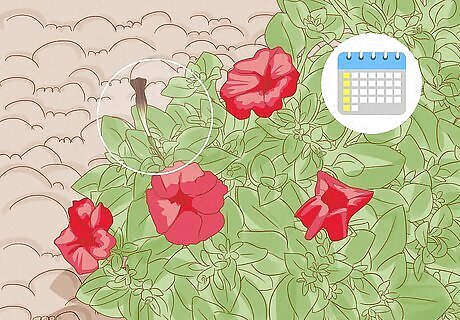
Check your petunias once a week. The blooms on your petunia plants will not all wilt at the same time. Examine your plants once a week to spot browned, withered flowers. Check in between flowers as wilted blossoms may sink between full ones. Checking your petunias more than once a week is okay, but not necessary.

Clear away fallen deadheads from the surface of the soil. Sometimes petunia blooms will fall off naturally. Check in between flowers for fallen deadheads on the surface of the soil. Remove and discard them.
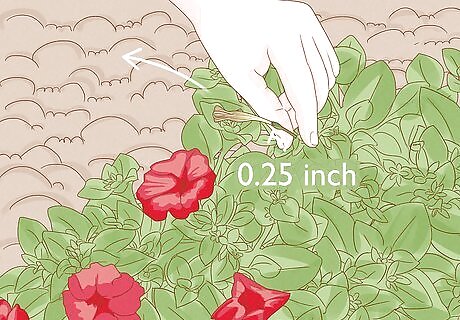
Pinch and remove deadheads. Position your forefinger and thumb about 0.25 inches (0.64 cm) above the bud of a deadhead. Pinch the wilted bloom and pull it very gently to remove it. Do not pull the deadhead roughly, as it should come off the plant very easily. Be sure to remove the entire head of the flower and not just the petals. Removing deadheads prevents the plants from going to seed, which would prevent them from blooming.
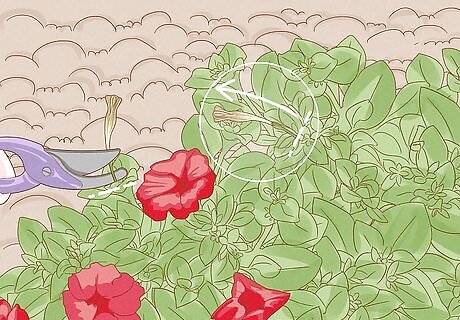
Trim stubborn deadheads with pruning shears. If a deadhead can’t be removed by simply pinching it, use pruning shears to trim it away. Position the shears 0.25 inches (0.64 cm) below the bud of the flower, near the stem. Carefully snip away the deadhead.
Cutting Down Petunia Plants
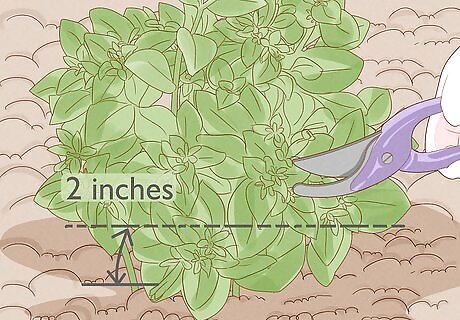
Cut sinking stems to half of their length to encourage regrowth. If you notice shoots that look limp and are not growing flowers, trim them down immediately. Use pruning shears to cut the stems at their halfway point. This should leave at least 2 inches (5.1 cm) of stem from the base of the plant. Do not remove any remaining leaves on the stem.
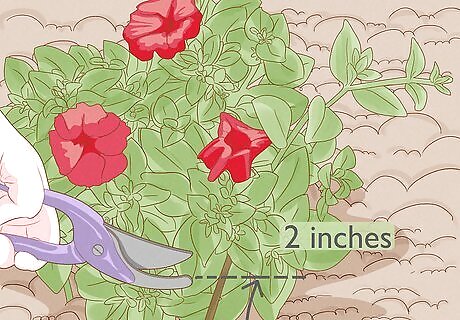
Trim limp stems down to 2 inches (5.1 cm) from the base if they are damaged. During your weekly check, you can remove more than half of a limp stem if it looks unhealthy. Use pruning shears to cut away as much of the damaged stem as possible. Make sure that at least 2 inches (5.1 cm) of it remains above the surface of the soil.

Cut down a third of your plants every other week, if you have a large crop. You can cut down your plants regularly, regardless of whether stems are damaged or not, to promote greater growth. Each trimmed stem will branch out and give 3 or 4 new blooms within 2-3 days. Remove the bulk of the stems, leaving at least 2 inches (5.1 cm) to regrow. This is an effective way to remove deadheads if you have too many plants to pinch off individual deadheads one at a time.
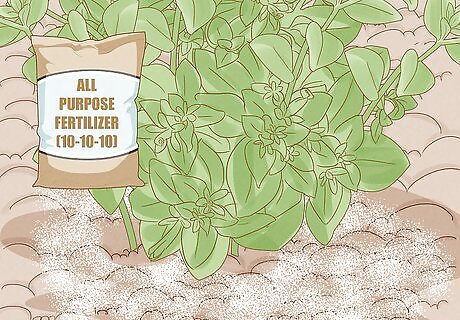
Add an all-purpose fertilizer to moist soil to encourage regrowth. After pruning your petunia plants, water the soil just enough so it is damp. Spray a 10-10-10 solution or all-purpose fertilizer into the soil around the plants. Applying 1-2 sprays around each plant should be sufficient to fertilize the soil and encourage regrowth within a week. A 10-10-10 solution contains 3 main nutrients- nitrogen, phosphorus, and potassium. Do not apply too much fertilizer, as it can be harmful to your plants in large doses. Use fertilizer no more than once a week.
Helping Your Petunias Grow

Plant petunias somewhere that receives direct sunlight. Plant petunias in a sunny location in your garden. If you have potted petunia plants, place them on a sunny balcony or window sill. The flowers should receive at least 6 hours of direct sunlight each day to stay healthy.

Water petunias a small amount each 1 to 2 days. Petunia plants require moisture to avoid over-drying, which leads to wilted blooms. Water the plants moderately each day or second day so that the soil is damp but not soaked. Let the soil dry slightly between watering to avoid root rot.
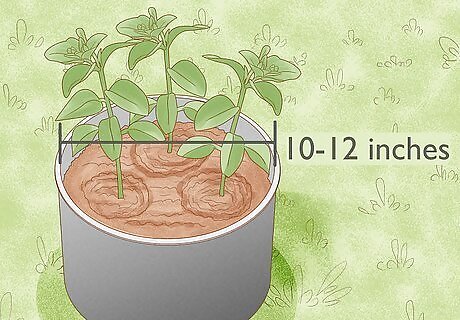
Space petunia plants about 3 inches (7.6 cm) apart. If you are growing petunias in a pot, aim to have up to 3 plants in a pot that measures 10–12 inches (25–30 cm). If you are growing petunias in a garden, space them out about 3 inches (7.6 cm) apart. Petunias have large blooms and need enough room to develop fully and stay healthy.
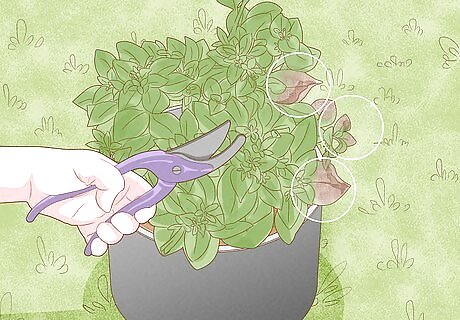
Check petunias for signs of disease. Your petunia plants may get infected with a virus or disease that will diminish them. Check your plants for signs of disease, such as small, translucent spots or dark circles on the petals. If this is the case, removing deadheads or trimming the plants will not be enough to save them.














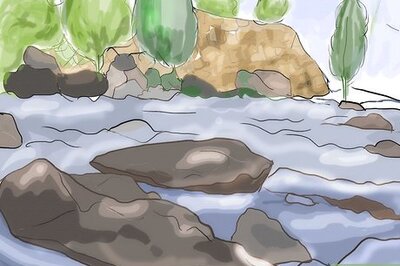
Comments
0 comment